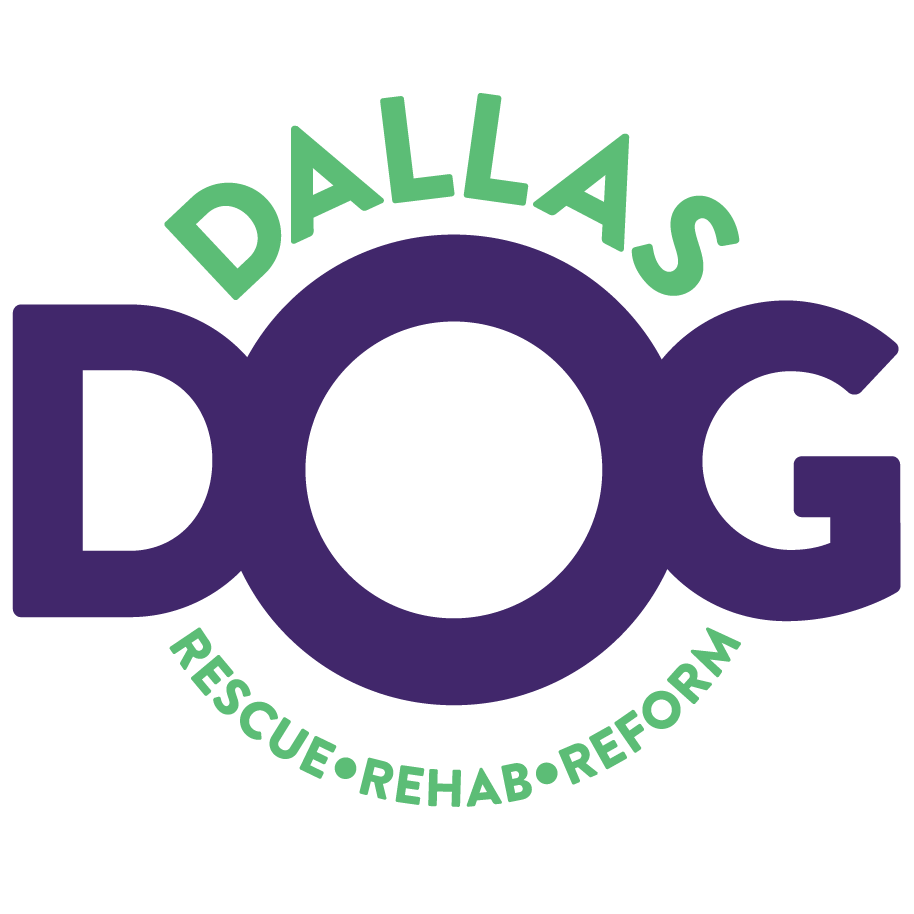The 3 P’s
- Patti Dawson
- Jun 8, 2022
- 4 min read
Patience, Progressive Phases & Positive Reinforcement
Guest Blog by Jennifer Caves Pendleton, M.Psy, CGC, Canine-Human Educator for REAL Animal Sanctuary and Behavioral Solutions

They say, "Rome wasn't built in a day," but have you ever heard, "Fido wasn't trained in a day?" Probably not. But that sentiment should be said, heard, repeated and then repeated some more. It is THAT important to a behavioral plan. How can patience impact the work we do with our dogs? Well because it comes into play in almost all of our interactions with our dogs. From puppyhood, to fear reactions, to obedience type training, to walks and to our energy and tone in our body language and interactions with our dogs.
"Patience is not passive, on the contrary, it is concentrated strength." - Bruce Lee
"Patience is not passive, on the contrary, it is concentrated strength." Being patient does not come easy to many people. If it does come easy to you, then USE IT! If you struggle with feeling patient with your dog or even with yourself as your dog's teacher then I suggest creating small progressive phases to your behavioral work. This means that instead of tackling loose leash walking outside while your dog is pulling; ask yourself how can you make your end goal (walking beside you) achievable in small doses? Progressive phases with leash pulling as the example would look like practicing inside on return, practicing in the backyard, and practicing even without a leash inside and in the backyard on proper body placement. Those are concrete goals that can be built on and progressive in nature because you can build from each skill set to your end goal. And the overarching theme throughout that process is again patience to understand you and your dog are both beginners. To allow for mistakes, to allow for getting in a rhythm with learning and listening and timing. Patience and progressive phases are a crucial part of being successful at actually seeing your dog's behavior change.
"Small progress is still progress and if there is no struggle, there is no progress" -Fredrick Douglass
What is Positive Reinforcement?
I do hope by now that positive reinforcement is not a foreign concept to most people. But if it is that is ok too! Essentially, leaving out the scientific lingo, positive reinforcement is a scientific behavioral principle that says dogs are likely to repeat behavior that is reinforced. I definitely want people to welcome this philosophy. It works, it is humane, it is effective, it is backed by science and it is a way to strenthen your relationship with your dog. I challenge everyone reading this blog to a call of action: choose one behavior your dog struggles with (jumping, leash pulling, digging). And then once that behavior is identified ask your self one simple question, "What do I want my dog to do instead?" Let us take jumping for instance. It is not conducive to learning to just say I want my dog to stop jumping, that is essentially just saying, "No!" and "no" is a human word. Dogs may learn the tone and your body language when you say it but you are never teaching your dog what you want them to do instead (a replacement behavior). Using positive reinforcement we can reward them when all four paws are on the ground by sprinkling treats on the floor to help motivate them to forage for those treats; this becomes reinforcing when done overtime because your dog learns that good things happen when they are grounded.

"The animal is NEVER wrong. You get what you reinforce. All behavior has function, including undesirable behavior. The question is NOT, 'Why is the animal behaving this way?' But rather, 'What is reinforcing this behavior?' -Susan Friedman, Ph.D.
Because behavior is communicative and functional at its core, The 3 P's: Patience, Progressive phases, and Positive reinforcement respect the animal's natural tendency to repeat behaviors that work for them. It is our job to be kind, calm, and patient enough to recognize where and what our dogs are telling us with their behavior and help them make adjustments along the way to reinforce the behaviors that are both enjoyable for the dog and desirable in the human world.
Meet the Behaviorist, Jennifer Caves, M.Psy, CGC:

"Welcome dog lovers and all dogs! I am the founder and Canine-Human Educator for REAL Animal Sanctuary and Behavioral Solutions. We consider our work to be rooted in science and driven by ethics. Our passion meets purpose mission is unique in that we empower and educate people with a lifelong skill set to help any dog they share their life with currently or in the future. Dogs are incredibly resilient and intelligent and when the humans in their life know the how, why and successful implementation of behavioral principles- our dogs become happy, healthy and healed. I have my Masters in Psychology and Canine Good Citizen Certification through the AKC. I have literally been rescuing animals since I was 16 years old with 15 years of behavioral experience. I consider it a privilege to work with you and your dog!"
Contact Jennifer by visiting www.realsanctuary.net
Thank you for supporting Dallas Dog. Our mission is to create a safer place for animals by rescuing and rehabilitating those who are neglected, unwanted and abused across Texas or displaced by natural disasters nearby and finding them a permanent home. You can visit our website at www.dallasdogrrr.org to follow our amazing journey.


Comments